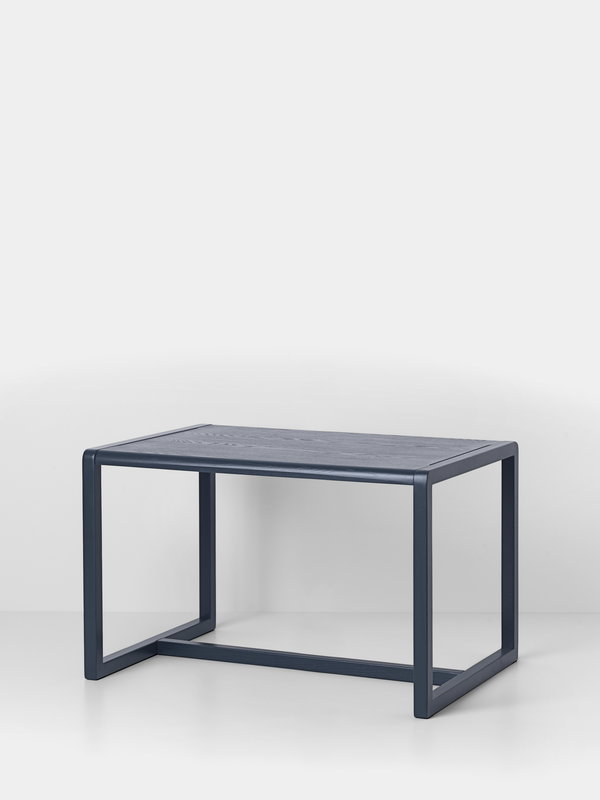

Inking brings definition, but the pencil lines that remain muddy the picture. Pencil is usually very light and thus hard to read. Generally, the tracing is done in pencil first, and then the drawing is inked without the use of the light table, after which you must erase the pencil work. These delays occur multiple times because using the tool is a cyclical endeavor, a process involving multiple steps that by turns obscure your work and reveal it. Perception and production are decoupled: you don’t see what you’re making as you’re making it and you must wait for gratification until you’re ready to turn off the light and look back on your work. In a certain way, your ignorance of your own creation allows you more freedom. The effect is similar to putting on glasses and seeing the world come instantly into focus. But once the light is switched off, the new figure jumps magically into being. And by concentrating on the original, you end up effectively ignoring your own marks. For even though the light table allows you to see the thing being traced, it remains an apparition interfering with your ability to perceive the new line you are creating above.

There is a muddy, fuzzy quality to the original. When the light is on, you don’t really see what you are producing, just the illuminated figure below. With the light table, you do the same thing, but instead of moving the eye from one thing to the other in space, you change the lighting to alter the visibility of the layered pieces of paper. The eye goes back and forth between the thing being sketched and the page. It is what you do, for example, when sketching from life. This type of switching back and forth is common in making art. The light needs to be on while actively tracing, but in many cases it is necessary to turn it off in order to properly see the progress of one’s handiwork. When you use a light table to draw, the process involves the periodic turning on and off of the light source. But for me, their real magic lies in seeing through opaque paper and tracing a normally hidden subject.) (In a strange inversion, light tables are also used to review x-ray slides. My fascination with the anomalous upward-shining beam of the light table arises mostly from its deceivingly simple function: in short, the ability to see through an opaque material-an x-ray machine without the harmful radiation. It is the unnatural radiance of a tanning bed. It is the hot sunlight reflected from the surface of a swimming pool in summer. It is the same light that shines up on John Travolta’s face when he opens up the mysterious suitcase in Pulp Fiction.

And yet the glow of a light table is also compelling. We’re not used to light directed at us from below, and so these tabletop boxes can cause discomfort. It throws light up onto the face and creates an unsettling glaring effect. The glow of a light table-the kind used for drafting and art-is eerie. The exhibit is on display through August 15. This essay first appeared in the program book accompanying “ Beginnings: Drawing Early Architecture ,” an exhibit on display at MIT.


 0 kommentar(er)
0 kommentar(er)
